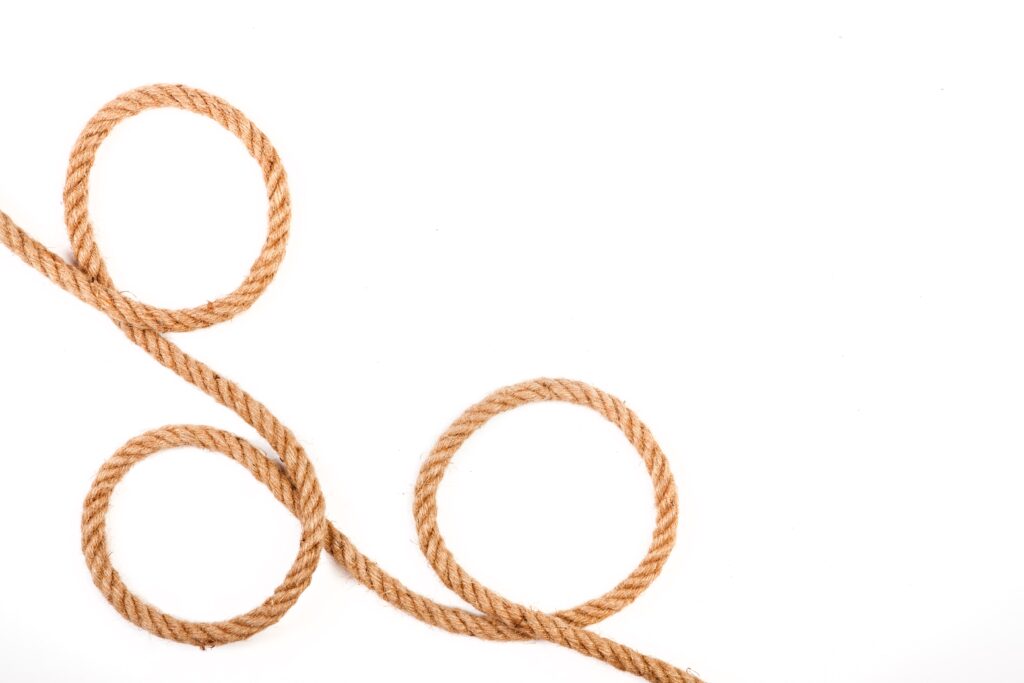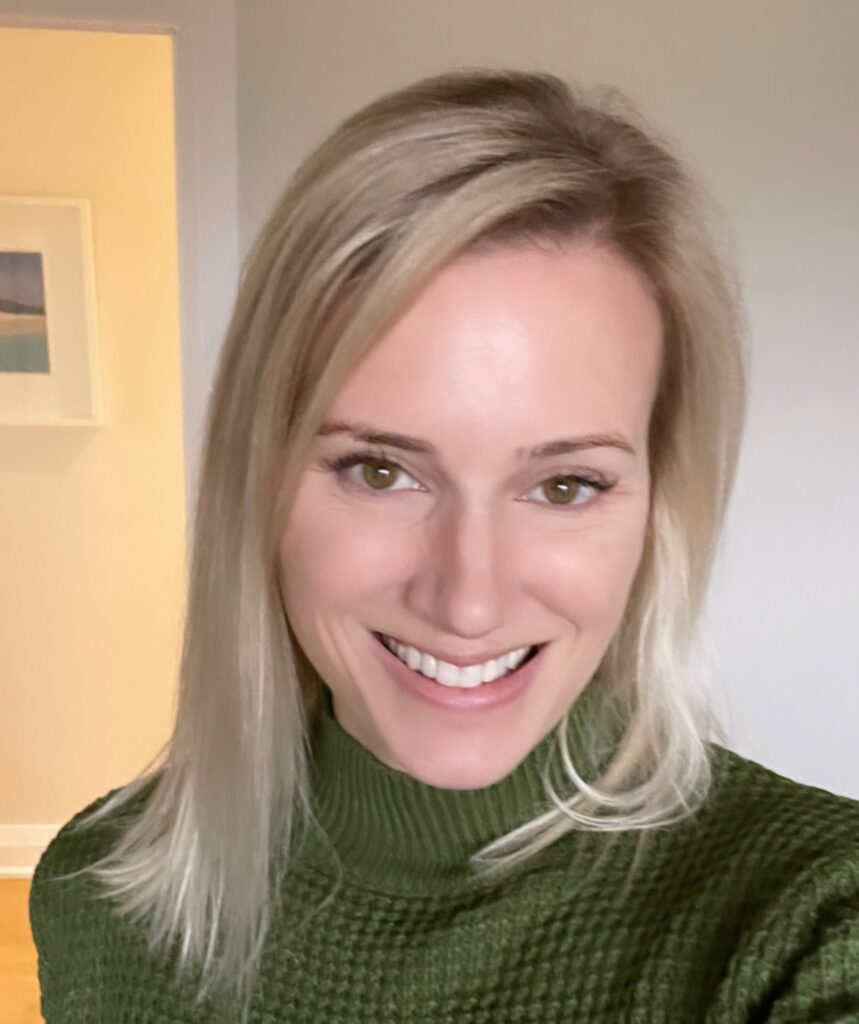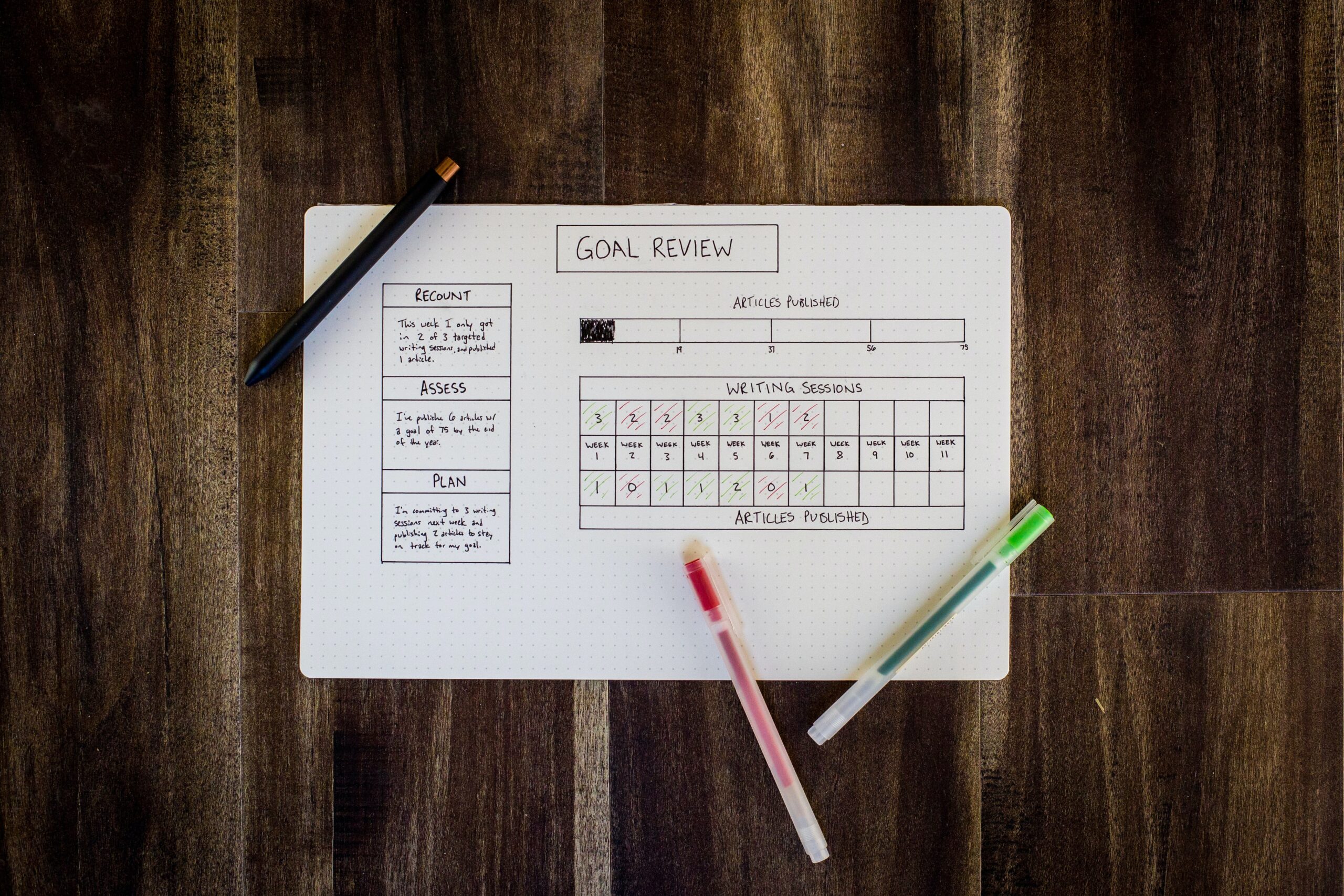By Caroline Pigott
A brand new year often comes with new resolutions (or old ones we haven’t achieved yet)! This holiday season, consider gifting yourself a fresh perspective on how to achieve what you truly want, topped with updated motivation to stick with it long-term.
If you tend to create New Year’s resolutions that feel firm on December 31 and fade away by February 1, you’re far from alone. According to a study done by Forbes, 80% of people admit to abandoning their New Year’s resolutions by February every year.
Most people use this time in the calendar to do something different once the clock strikes midnight on January 1. But what many fail to realize is that, even if they resolve to create change, the declaration of that change needs to come with a shift in behaviour, not just desire. And shifting behaviour means creating shifts in who you are as a whole.
It’s simple to say what direction you want to take your life next. But if you don’t couple what you say you want with the conviction to change who you are to achieve it, you’re going to swing right back into the routines you had and further away from what you truly desire.
In other words, old habits die hard.
We all live through habit. Habits are how we efficiently get through life. Habits also allow us to create and grow through other parts of our brains instead of constantly having to think of the day-to-day things we always do. So, rather than thinking twice about brushing our teeth or turning on the coffee machine, we just do it and then use the other parts of our brains to plan or create things that might solve problems or pay the bills.
Habits run on autopilot in the background in our daily lives. Some contribute to our health and well-being, while others contribute to routines that no longer serve us or take a toll on who we desire to be and what we want to achieve.
It’s the habits that no longer serve us, the ones that keep us where we are right now, that need to shift in order to stick with the resolutions you’ll make on New Year’s Eve and beyond.
How can you begin shifting long-term habits? And then apply those shifted habits towards the resolutions, and ultimately, the goals you set for yourself?
Set a measurable goal
A resolution means resolving to do something different. And that something different means setting goals. Start with one goal at a time and make each one S.M.A.R.T (specific, measurable, achievable, relevant, and timely).
Be sure you’re clear on the outcome you want to achieve (specific and measurable), know how you want to feel when you achieve it (relevant), and can realistically achieve it in the time you want (timely).

Recognize your habit loops
What’s a habit loop?
Picture a never-ending circle that consists of 1) something that triggers an emotion or thought; 2) the behaviour that comes from that emotion or thought; and 3) the reward you’re getting through that behaviour.
For example, if one of your resolutions is to begin a workout routine in January, first identify the habit loop that’s keeping you from working out right now. It might look like this:
Trigger: you said you’d work out this morning but the minute the alarm goes off you think “I could use more sleep. I’ll try again tomorrow.”
Behaviour: You sleep in and don’t work out.
Reward: You get to stay in your warm bed a while longer.
Every habit offers a reward of some kind. They don’t become habits unless there’s some sort of pleasure involved.

Uncover your big MOFA (Motivating Factor)
How can you override the reward or pleasure keeping you stuck where you are right now? Get clear on what actually motivates you.
Planning your morning workout routine but staying in bed instead feels better than getting up and moving your body on a cold day. So a warm bed wins every time.
What if instead, you uncover a specific WHY for your desired morning workouts? Rather than settling on something vague like “I want to wake up like my friends and get fit,” go deeper by asking yourself, “what will having a new morning workout routine do for me?” and “what’s so important about that?”
Ask this question about any goal you choose for yourself. Get yourself to the actual driver behind your desire for change. What you uncover will help you get clear about the bigger reward you’re seeking.
In the morning workout routine example, you might uncover your true desire is to fit into your favourite pair of pants again without sacrificing the rest of your day.
When you have a bigger motivator behind that resolution, you’re more inclined to get behind it long-term.
Anchor it in
When you have a goal and you understand the real reason behind why you want to achieve it, anchor it in with reminders from your physical environment. These reminders can be visual, like a book on the coffee table, post-it notes on the bathroom mirror, or a vision board. They can also be a scent or a sound. Regardless of what you choose, an anchor will interrupt the pattern of temptation to not follow through and fuel your motivation. You’ll look at it and say, “Oh right! This is why I want to continue!”

Clear the clutter
What needs to be cleared before you can move forward? When you decide to say YES to something like a goal, you tend to say NO to something else. So, what is that NO for you? In other words, what needs to be cleared in order to make room for what you want? This could be physical things in your environment like clearing out a cabinet, thoughts that no longer serve you, or appointments on your calendar.
Practice gratitude
Before layering on new goals, remember that what you appreciate, appreciates! Remember to practice gratitude for what you have and what you have accomplished daily. These daily reminders of gratitude can be as big or small as you like.
Relating back to the morning workout routine, maybe you’re grateful for your health and ability to move. Or your cozy bed, which allows you to rest and re-energize for the mornings!
This new year, don’t just make your resolutions and then forget about them — get intentional through a plan of action that will help you achieve them!

Caroline Pigott, Certified Life and Health Coach
Caroline works with people ready to delete old habits and thoughts, and step into the brilliant life they desire and deserve through her private coaching practice, Build Your Brilliance, and 90-day program, Unleash Your Brilliance.
Find Caroline at buildyourbrilliance.com as well as Instagram instagram.com/iamcarolineelisabeth where she actively shares tips, motivation, and inspiration to build a life based on your own expectations, not the expectations of others.




